It is probably not necessary to go into too long a preamble about the importance of gun sights. Even if you have only ever handled a pastry gun, you know the importance of being able to hit what you’re aiming at. You can line up the perfect shot with a number of different kinds of sights. We’ll cover the four primary types of gun sights in this article.
The four primary types of gun sights are:
- Iron Sights
- Telescopic Sights
- Reflex Sights (Red Dots)
- Laser Sights
For simplicity’s sake we’re going to skip over rarely used sights like the collimator, as well as sights that you won’t be allowed to use without prior training. If your range lets you use bombsights, you already know what you’re doing.
Iron Sights
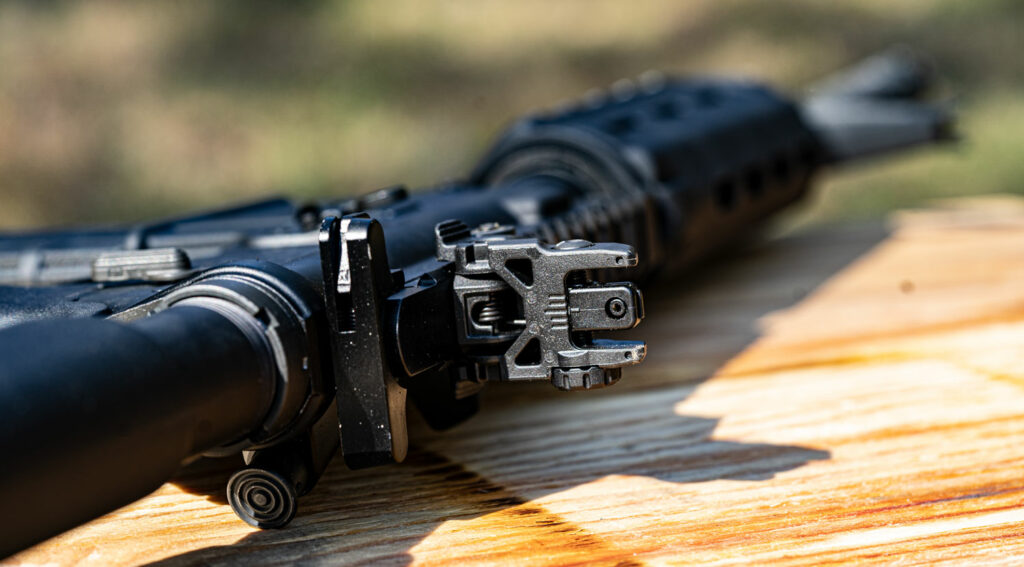
Iron sights operate simply. Most manufacturers install them as “standard”on commercially available rifles and pistols. A rear and front sight make up a set of iron sights.
The front sight should be the shooter’s focus when aiming; The rear sight is often adjustable to let the shooter account for windage and elevation.
While more accurate sights are available, we don’t see iron sights falling out of favor any time soon. They are generally low profile, simple to use and maintain, and don’t require a power source. Open sights like you would see on a revolver are the more common of the iron sights. There are a ton of open sights out there. You may see any combination of differently shaped rear and front sights.
Aperture (or peep) sights include ghost rings, which have a large ring-shaped rear sight, target aperture sights, on which the rear sight is a large disc with a hole in its middle, and other variations on the design.
Telescopic Sight
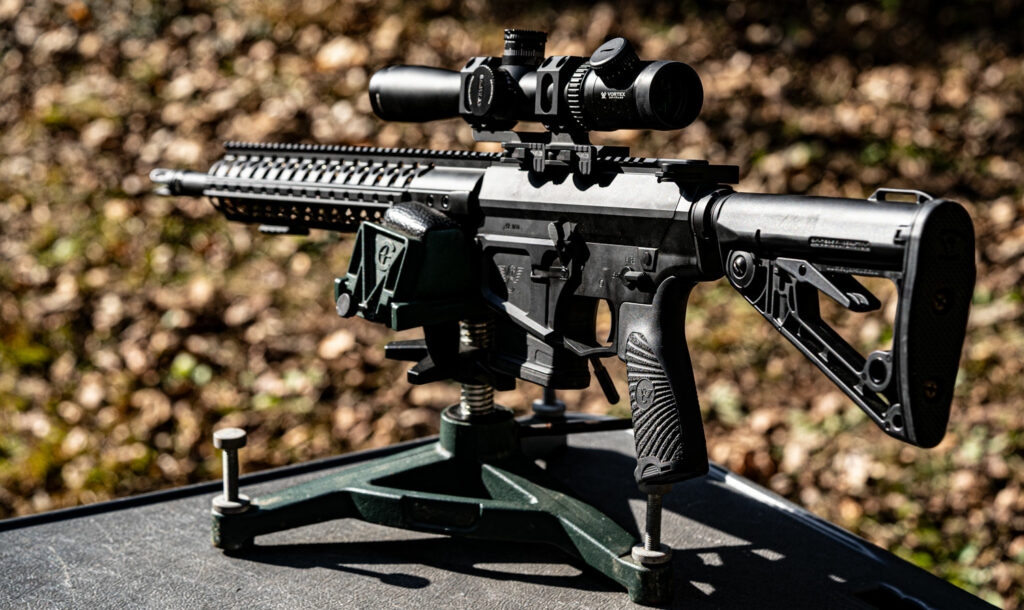
Also called a scope, a telescopic sight is true to its name — think of it as a little telescope that is put on top of a rifle, or less frequently a pistol. The lens magnifies the distant target for the shooter, and a reticle in the sight’s center indicates the point of aim.
Naturally, self-defense seldom calls for a scope that can let you hit your target from several hundred feet away. This is why you’ll find telescopic sights on the rifles of hunters, snipers, and target shooters. For instance, the optic on the AR-10 featured above can help take down game like deer from longer distances with .308 ammo than a red dot or iron sights would likely allow.
A telescopic sight requires more finesse than iron sights when used properly. You have to take time to “sight-in” or zero-in telescopic sights before you use them. This helps ensure the sight reflects an accurate picture of where your shots will land with your specific firearm and ammunition.
The primary disadvantage of telescopic sights is that they limit their user’s field of vision. However, because telescopic sights require less visual acuity from the shooter than iron sights, they’re often easier to use for those of us on the wrong side of 30.
Reflex Sight
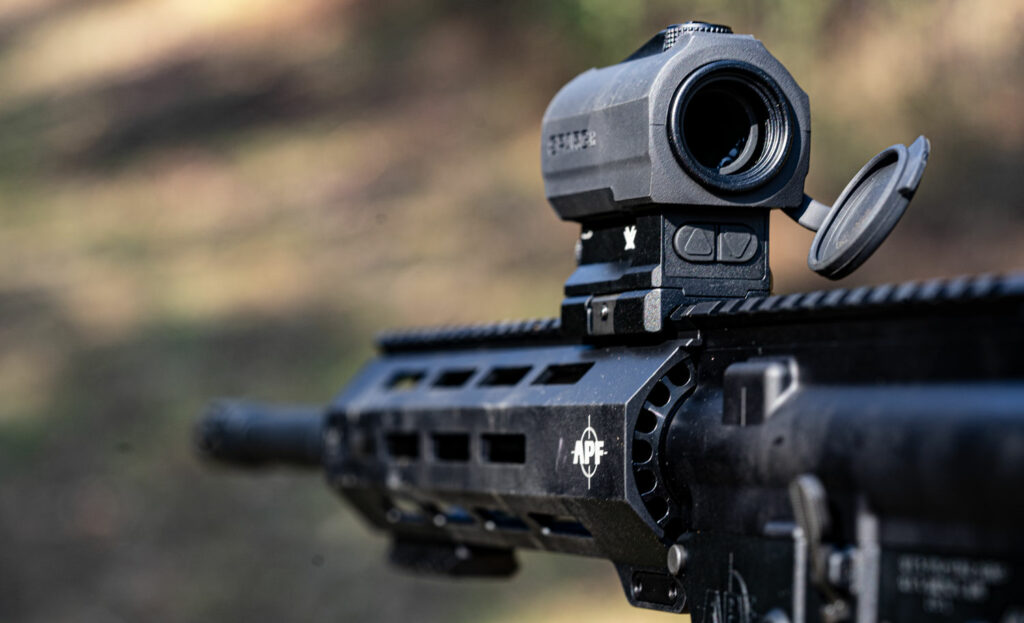
A reflex sight is a handy device for quickly lining up a shot on a target at short to medium range. It utilizes reflective glass, may be magnified or non-magnified, and superimposes a reticle over the point of aim.
The red dot sight is a commonly used type of reflex sight. It fittingly indicates the point of aim with a single red LED. The accuracy and speed provided by a red dot sight make it a good choice for a novice shooter who would like to quickly become proficient with their firearm. It allows aiming with both eyes open and without shifting focus. A larger diameter reticle makes acquiring a target even easier, but at the expense of obscuring it and making accurate long distance shooting more difficult.
The downside to red dot sights is that they need a power source (albeit not a strong one). They also generally require closer positioning to the shooter’s face, and good ones aren’t cheap.
Laser Sight
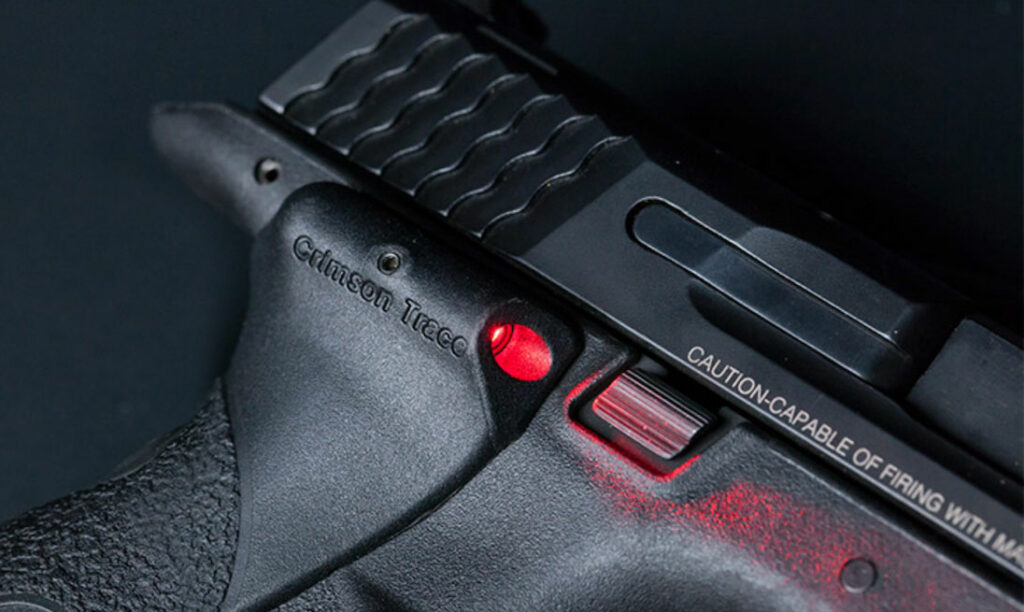
Laser sights are one of the best things ever to happen to action movies. It’s why actors are so frequently allowed to yell “Get down!” We couldn’t make lasers small enough to practically attach them to firearms until the 1980s, but now they’re so small that they are integral to many pistols.
You must zero in laser sights like telescopic sights, but once zeroed they permit far faster aiming than iron sights. Laser sights also facilitate with accurate rapid fire. Red lasers are most common because they are economical and require relatively little electricity, but their light is harder to see in bright sunlight. A green laser is preferable when the sun is shining, but it will be costlier.
A laser’s greatest drawbacks are that it makes its shooter a far more obvious target, is straight and therefore less capable of accommodating dropoff, and needs a significant energy supply. When laser guns become real, perhaps a very weak laser could also come out of the barrel for aiming purposes. We came up with that idea first — Lockheed Martin, please take note.
What Type of Gun Sight is Best For You?
All four of the primary types of gun sights out there serve a purpose. If you’re like me, the biggest problem you’re likely to have is expense. I like to hunt, I like to shoot at the range, and I care about being prepared for self-defense situations. Because of that, I can reasonably make the case that I should have laser, telescopic, red dot and iron sights at my disposal for most of my firearms. The reality is that my wife would leave me if I ever made that investment.
So, determine what matters most to you. Then, select the sights that will help you achieve whatever those goals are. If you want to shoot an elk, iron sights probably aren’t your best bet. Go for the telescopic. Need something for home defense? Don’t look to the telescopic, but consider upgrading your iron sights to a laser. It’s up to you, and with a little common sense you can’t go wrong.




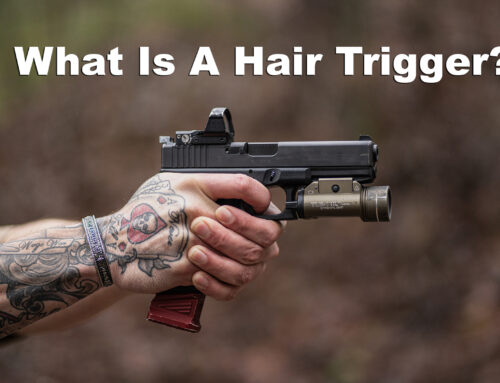

Leave A Comment